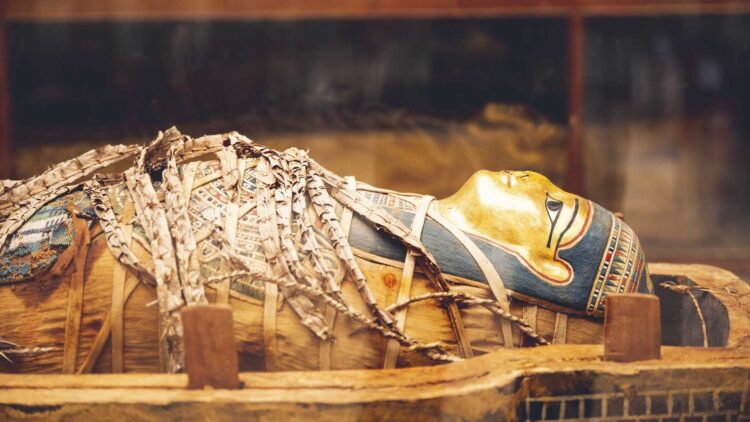Mummies have become a part of pop culture and the stuff of legends ever since they were first discovered. Unwrapping parties were popular for a time and their remains were used to cure ailments, but some had the privilege of being preserved. Mostly, the ones hidden the best or with the least flashy tombs, as those more prominent were ransacked well before the colonizers and explorers arrived for the buried treasure that accompanied them.
While thanks to these African enthusiasts a lot was discovered and a lot was lost, the legends behind the corpses and iconic objects found have made it into the popular conscience because of their own fascinating stories. After all, who nowadays does not know Tutankhamun, Ramses II or Nefertiti? But there are wonders still to be discovered, as well as things to learn from mummies and artifacts that were discovered long ago but required a bit more technology to reveal their secrets.
The most mysterious mummies ever discovered
While many have enthralled our imagination for years, the honor of the most mysterious mummy likely belongs to Bashiri, “The Untouchable”. Discovered in 1919 in the Valley of the Kings by the mythical Egyptologist Howard Carter (same man who three years later discovered the tomb of Tutankhamun) this mummy was slightly different than others that have come before it and that would come after.
At the time there was no conservation policy and mummies were unwrapped in the field all the time to see inside and discover what was hidden beneath the protective casings. In the case of Bashiri, the unwrapping party came to a halt when Carter and his team saw the original linen bandages covered in intricate patterns that seem to mimic the pyramids of Giza.
We do not know what stopped them at the time, possibly the novelty of the markings, but the mummy was perfectly preserved for the future thanks to this rare occurrence. The bandages stayed on for more than a century as no one could figure our a way to unwrap the corpse without destroying it in order to discover what lay underneath it and then reassemble it to keep it preserved in its original state.
If the pattern was not complicated enough, just the age of the linen cloth gives pause to any self-respecting Egyptologist that wishes to preserve one of the best kept mummies of the time. Luckily for us, technology has advanced enough that we can now study the corpse and the wrapping without needing to destroy it.
For now, the identity of the individual beneath the intricate bandages remains a mystery. Partially legible inscriptions near the wrappings hint at the name Bashiri, meaning “prophet” in Arabic, or possibly Neno, though his true identity is unknown. What is certain is that he was a man, approximately 5’6″ tall, who lived during the early 3rd century BC in the Ptolemaic period and the elaborate nature of the bandaging suggests he held a position of significance, yet the unique wrapping style, unlike anything even pharaohs received, raises questions. This exceptional treatment may reflect the deep reverence he inspired among those who buried him.
Advanced imaging techniques, including X-rays, CT scans, and 3D reconstructions, have helped uncover some of the secrets hidden within his wrappings. Numerous amulets were carefully placed among the bandages, likely to help him in his journey to the afterlife. These include scarabs representing rebirth, Eyes of Horus for protection, ankhs symbolizing eternal life, and djeds for stability and strength, additionally, rings, necklaces, papyrus scrolls inscribed with hieroglyphs, and small clay figurines called ushebtis, intended to serve him in the afterlife, have been discovered. Many of these artifacts are crafted from gold, precious stones, or ceramics.

